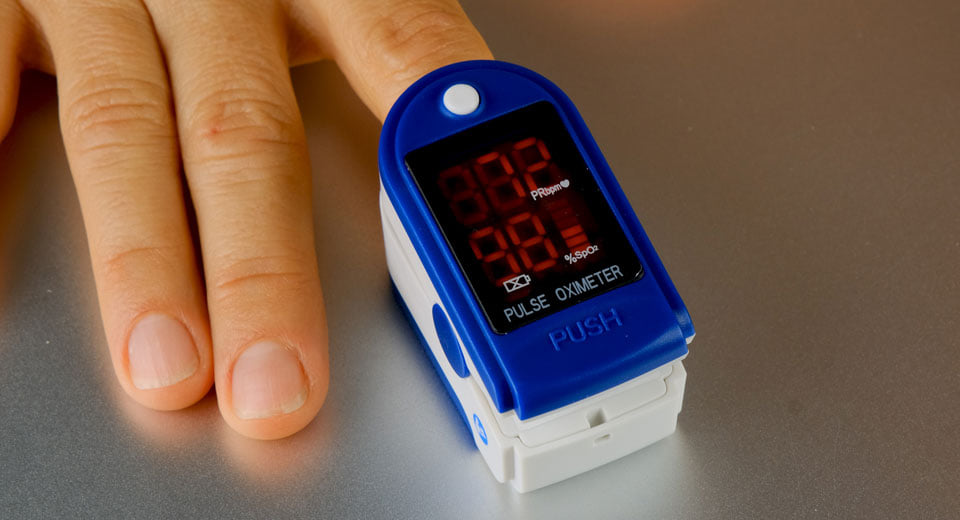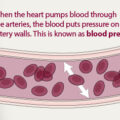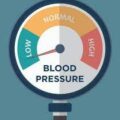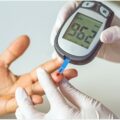Your blood oxygen level is a measure of how much oxygen your red blood cells are carrying. Your body closely regulates your blood oxygen level. Maintaining the precise balance of oxygen-saturated blood is vital to your health. Your blood oxygen level can be measured with two different tests:
Arterial blood gas: An arterial blood gas (ABG) test is a blood test. It measures your blood’s oxygen level. It also can detect the level of other gases in your blood, as well as the pH (acid/base level). An ABG is very accurate, but it’s invasive.
To get an ABG measurement, your doctor will draw blood from an artery rather than a vein. Unlike veins, arteries have a pulse that can be felt. Also, blood drawn from arteries is oxygenated. Blood in your veins isn’t.
The artery in your wrist is used because it’s easily felt compared to others in your body.
The wrist is a sensitive area, making a blood draw there more uncomfortable compared to a vein near your elbow. Arteries are also deeper than veins, adding to the discomfort.
Pulse oximeter: A pulse oximeter (pulse ox) is a noninvasive device that estimates the amount of oxygen in your blood. It does so by sending infrared light into capillaries in your finger, toe, or earlobe. Then it measures how much light is reflected off the gases.
A reading indicates what percentage of your blood is saturated, known as the SpO2 level. This test has a 2 percent error window. That means the reading may be as much as 2 percent higher or lower than your actual blood oxygen level.
This test may be slightly less accurate, but it’s very easy for doctors to perform. So doctors rely on it for fast readings.
Things like dark nail polish or cold extremities can cause the pulse ox to read lower than normal. Your doctor may remove any polish from your nails before using the machine or if your reading seems abnormally low.
Because a pulse ox is noninvasive, you can perform this test yourself. You can purchase pulse ox devices at most stores that carry health-related products or online. Talk to your doctor before using a home device so that you understand how to interpret the results.
Where your blood oxygen level should fall
A measurement of your blood oxygen is called your oxygen saturation level. In medical shorthand, you may hear it called a PaO2 when using a blood gas and an O2 sat (SpO2) when using a pulse ox. These guidelines will help you understand what your result might mean:
Normal: A normal ABG oxygen level for healthy lungs falls between 80 and 100 millimeters of mercury (mm Hg). If a pulse ox measured your blood oxygen level (SpO2), a normal reading is typically between 95 and 100 percent.
However, in COPD or other lung diseases, these ranges may not apply. Your doctor will let you know what’s normal for your specific condition. For example, it isn’t uncommon for people with severe COPD to maintain their pulse ox levels (SpO2) between 88 to 92 percent.
Below normal: A below-normal blood oxygen level is called hypoxemia. Hypoxemia is often a cause for concern. The lower the oxygen level, the more severe the hypoxemia. This can lead to complications in body tissue and organs.
Normally, a PaO2 reading below 80 mm Hg or a pulse ox (SpO2) below 95 percent is considered low. It’s important to know what’s normal for you, especially if you have a chronic lung condition.
Your doctor can provide recommendations as to what ranges of oxygen levels are acceptable for you.
Above normal: If your breathing is unassisted, it’s difficult for your oxygen levels to be too high. In most cases, high oxygen levels occur in people who use supplemental oxygen. This can be detected on an ABG.
What happens if your oxygen level is too low?
When your blood oxygen level goes outside the typical range, you may begin experiencing symptoms.
This includes:
- shortness of breath
- chest pain
- confusion
- headache
- rapid heartbeat
If you continue to have low blood oxygen levels, you may show symptoms of cyanosis. The hallmark sign of this condition is a blue discoloration of your nail beds, skin, and mucus membranes.
Cyanosis is considered an emergency. If you’re experiencing symptoms, you should seek immediate medical attention. Cyanosis can lead to respiratory failure, which can be life-threatening.
How To Increase Blood Oxygen Level
According to WebMD, there are several ways you can increase the amount of oxygen in your blood naturally. Some ways include:
Open windows or get outside to breathe fresh air: Something as simple as opening your windows or going for a short walk increases the amount and quality of oxygen that your body brings in, which increases overall blood oxygen level. It also has benefits like improved digestion and more energy.
Change Your Diet: Antioxidants allow the body to use oxygen more efficiently increasing oxygen intake in digestion. When looking to boost antioxidant intake, the foods to focus on are blueberries, cranberries, red kidney beans, artichoke hearts, strawberries, plums and blackberries, most of which can be consumed in various juices and smoothies. Another critical protein to consider are essential fatty acids like Vitamin F, which work to increase the amount of oxygen the hemoglobin in the bloodstream can carry. These acids can be found in soybeans, walnuts and flaxseeds.
Quit smoking: After only two weeks of being cigarette-free, many people find that both their circulation and overall oxygen levels improve significantly. Lung function can increase by up to 30% in this short time.
Grow some plants: Houseplants have been shown to help purify the air indoors. They remove carbon dioxide and replenish a room’s oxygen levels, making more oxygen available for your body to absorb.
Drink water: The human body is roughly 60 percent water, so it cannot be understated how critical water is to how the body functions: allowing body cells to grow, lubricating our joints and regulating body temperature. When looking to get the full benefits of oxygenation, drink filtered water. Restructured or ionized water is micro-clustered with smaller groupings of water molecules. This provides high levels of hydration and oxygenation at the cellular level. Keep in mind that caffeinated beverages, alcohol and high sodium foods all dehydrate the body, so keep water with you during the day and get in the habit of drinking it throughout the day. Health professionals recommend 8-oz. glasses of water a day.
Practice breathing exercises: Pulmonary rehabilitation experts recommend using simple breathing exercises like pursed-lip breathing and deep belly breathing to open your airways and increase the amount of oxygen in your body.
You can use a pulse oximeter to check your blood oxygen level at home, and use some of these natural approaches to increase your blood oxygen level on your own.






